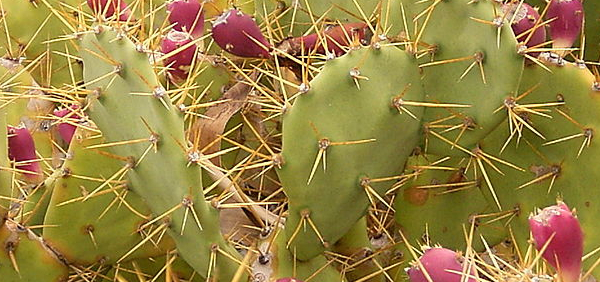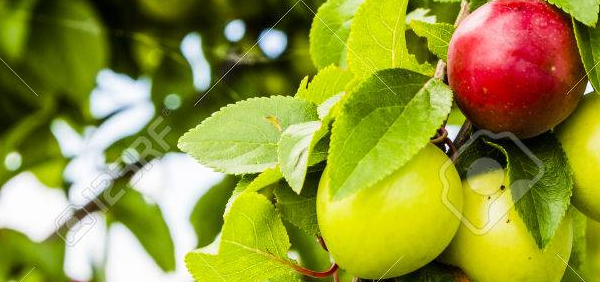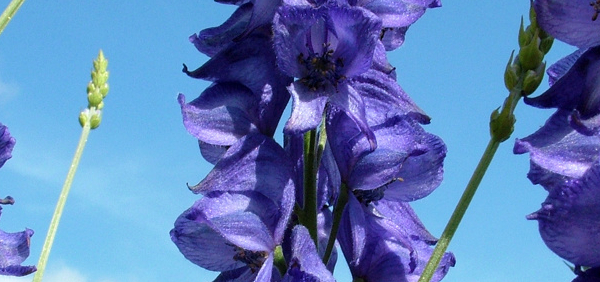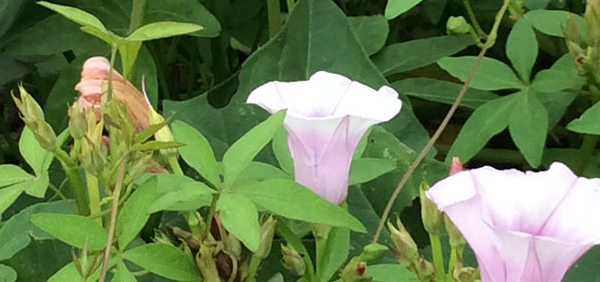ikshvaku :

Propogation:
Bottle gourd is propagated by seed, which is often sown directly. Transplanting is possible if seed is scarce. As no commercial cultivars are available in Africa, farmers carefully select dried intact fruits for seed for the next crop. The seeds are often preserved in the intact fruits. For vegetable use, non-bitter types are selected by scratching the surface or chewing the leaves. The weight of 1000 seeds is about 150 g. Planting normally takes place with the onset of the rainy season. Seed dormancy often occurs. A heat treatment of 50°C for 7 days markedly increases the germination rate. Bottle gourd is often planted near the homestead. During the wet season it is often planted on mounds, in the dry season in depressions. It is sometimes intercropped with other vegetables and grain crops, especially pumpkin. Per hole 2–3 seeds are sown, at a spacing of 1 m in the row and 2 m between rows. Weak or diseased seedlings are thinned out 3–4 weeks after sowing, leaving one plant per hole. Spontaneous plants in fields are often retained. In cattle-herding communities such as the Maasai of Kenya, bottle gourd arises spontaneously along the fences of cattle enclosures where there is ample manure and enough moisture. Plants with large elongated fruits can occasionally be found on fences in abandoned homesteads. In Asia special vegetable cultivars are commercially grown on stakes or trellises, using the same cultural practices as for cucumber.Harvesting:
For use as a vegetable, fruit harvesting starts three months after sowing. Young fruits of all ages are edible and may be picked, including the ovary of the flower. Continuous picking of young fruits prolongs crop duration and as many as 20 pickings may be possible. Fruits are best harvested with a sharp knife, leaving about 5 cm stalk on the fruit. Leaves are picked from 2-month-old plants onwards.For seed production fruits are harvested when fully mature. Fruits are mature when the shell hardens and outer and inner layers start to yellow. This stage can be determined by scratching the fruit thinly to expose the inner yellow part. For use as containers, fruits are permitted to mature completely on the plant.
- » Classification and names of ikshvaku
- » Synonyms and definitions of ikshvaku
- » Drug Properties of ikshvaku
- » Chemical Constituents of ikshvaku
- » Standardization of ikshvaku
- » Parts used and Dosage of ikshvaku
- » Morphology and Histology of ikshvaku
- » Distribution and Conservation of ikshvaku
- » Cultivation of ikshvaku
- » ikshvaku in the market
- » Medicinal Uses of ikshvaku
- » Researches and clinical trails of ikshvaku
- » ikshvaku in other sytems of medicine
- » Ayurvedic formulations with ikshvaku
- » Images of ikshvaku














